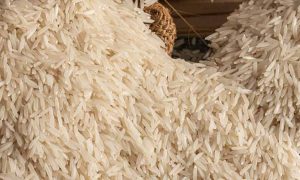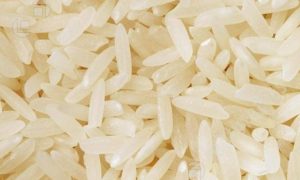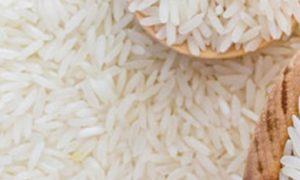How global geopolitical conflicts are reshaping the Basmati rice trade

India’s Basmati rice exports face rising uncertainty due to Middle East tensions, especially involving Iran, its top buyer. Geopolitical instability impacts demand, pricing, and shipping. Regulatory hurdles, including India’s Minimum Export Price and EU pesticide norms, further complicate trade. Exporters are now focusing on market diversification, compliance, and digital platforms to manage volatility and sustain global Basmati demand.
Basmati rice exports, a pillar of Indian agri-export, are increasingly subject to uncertainty with growing geopolitical tensions in the Middle East region, particularly between Iran, Israel, and Palestine. Iran, India’s largest Basmati importer, also serves as the prime driver for global demand and price dynamics. When Iran is stable and actively imports Basmati, prices increase; when war breaks out, demand slows and markets collapse. This fluctuation has generated volatile cycles for traders and exporters. With increasing political tensions, the Basmati sector faces unstable trade volumes, changing regulations, and the urgent necessity of strategic resilience in a more volatile climate.
Iran’s influence on the global Basmati market
Among all international buyers, Iran holds unmatched significance in the Basmati rice market. As the top importer of Indian Basmati, its buying behavior directly affects pricing trends. In the last two years, there has been a pattern noticed by the traders that whenever Iran makes massive purchases, Basmati rates skyrocket. But the moment political tensions within Iran or in the overall geography increase, demand takes a drastic hit.
This trend has resulted in market volatility. Indian exporters, particularly from the states of Punjab and Haryana, are now forced to deal with price fluctuations that were once determined by crop output or international demand but are now subject to geopolitical events thousands of kilometers away. Forecasts regarding Iran’s stability or instability alone can change price predictions, trade volumes, and even harvest schedules.
Geopolitical uncertainty resulting in price volatility
The prevailing Middle Eastern atmosphere, specifically the Israel-Palestine-Iran nexus, imposes a considerable amount of uncertainty. These tensions not only tense up diplomatic ties but also introduce hesitation in commerce. When the threat of war or sanctions against Iran hangs in the balance, shipping lines become uncertain, payment settlements are complicated, and buyers delay new orders; this uncertainty reflects directly upon the Basmati trade.
Export regulations contribute to complexity
In addition to geopolitical issues, Indian policy choices have also impacted the world’s Basmati trade. While Basmati rice is normally exempted from export prohibitions, the government imposed a Minimum Export Price (MEP) to curb under-invoicing and secure a good price for the farmers. Though well-meant, this action has hindered delivery, particularly when purchasers refuse to mirror the MEP amid geopolitical uncertainty. Some nations that depend on low-cost imports have turned to Pakistan or started exploring alternatives, further impacting India’s export volumes.
EU market: Regulation over conflict
Beyond the Middle East, there is another challenge in the form of the European Union. Although one of the biggest consumers of Basmati rice is the EU, it has stringent pesticide residue and food safety standards. Indian exporters have often run into problems in complying with these standards, with numerous shipments rejected during the last few years. In addition, India’s efforts to obtain a sole Geographical Indication (GI) tag for Basmati in the EU have set off opposition from Pakistan. The last word might play an important role in determining who controls the luxury Basmati business in Europe. However, unlike the volatile Middle East, this region’s challenge lies more in regulations than in conflict.
The road ahead
With the growing unpredictability of Basmati trade, players in the industry are turning their attention to diversification, both supply chain and market-wise. Saudi Arabia, the UAE, and Kuwait will remain significant buyers, but traders are now looking towards newer markets in Africa and South-East Asia to minimise dependence on war-torn areas. Also, investment in logistics, adherence to global safety standards, and enhanced diplomatic outreach to major partners also figure. Exporters have even begun looking at digital trade platforms and direct-to-retailer options to avoid some of the uncertainties of bulk government-to-government trade.
The Basmati rice trade is no longer controlled by yield or flavour, as it is more and more influenced by global diplomacy and local strife. With Iran remaining a significant market, any antagonism with the country immediately resonates through the chain of pricing and demand. Exporters are forced to adjust by diversifying markets, beefing up compliance, and remaining nimble in their export approaches. As the geopolitical landscape changes, so too must the method by which India’s prized grain finds its way onto the global plate.
To Read more about Rice News continue reading Agriinsite.com
Source : The Hindu Business line
















